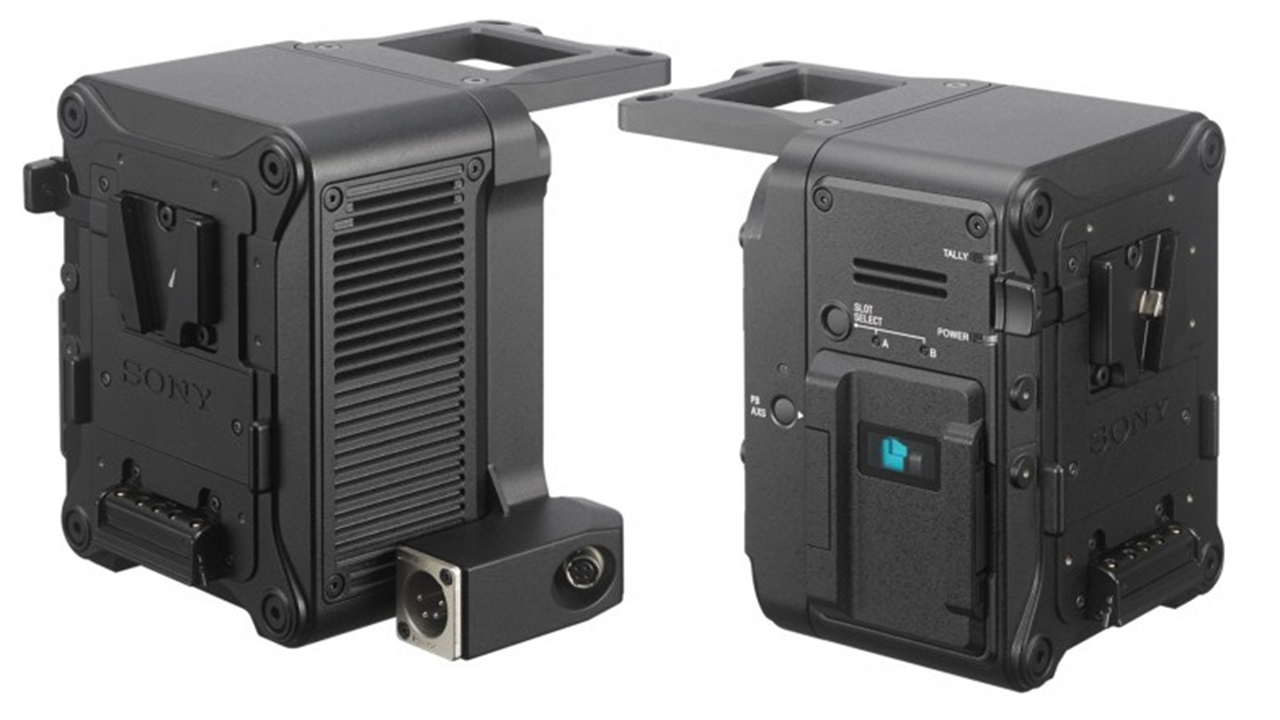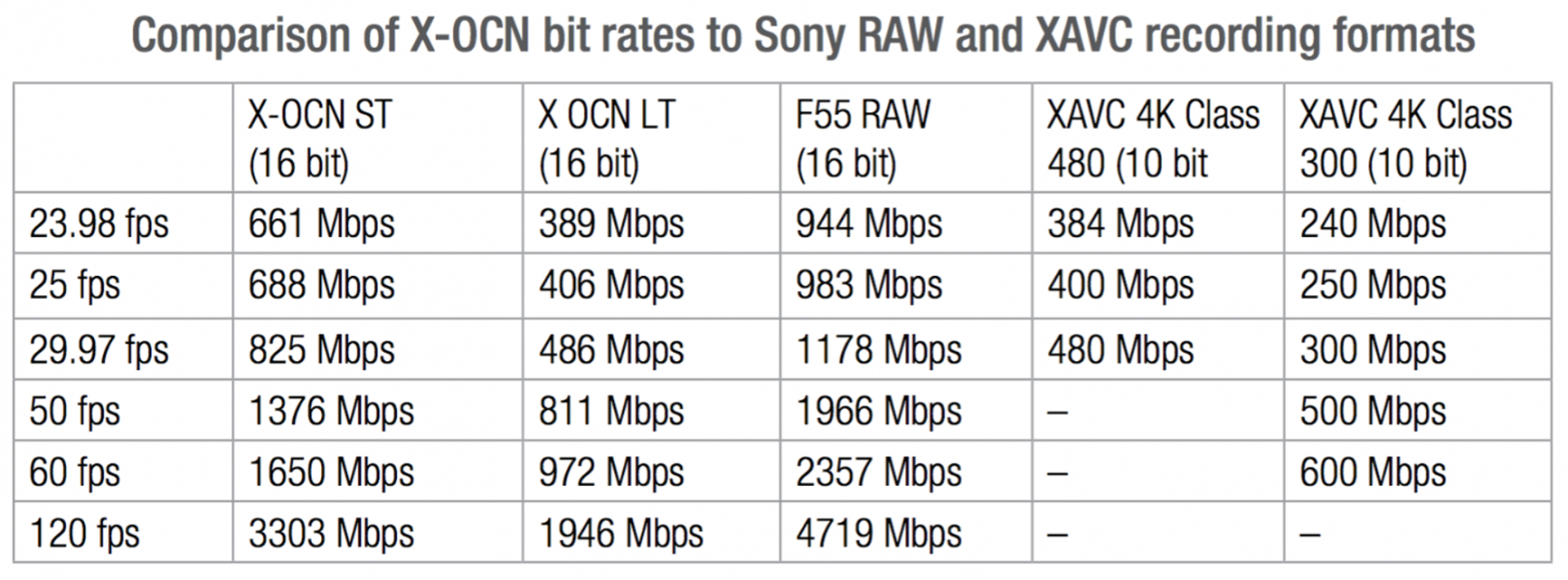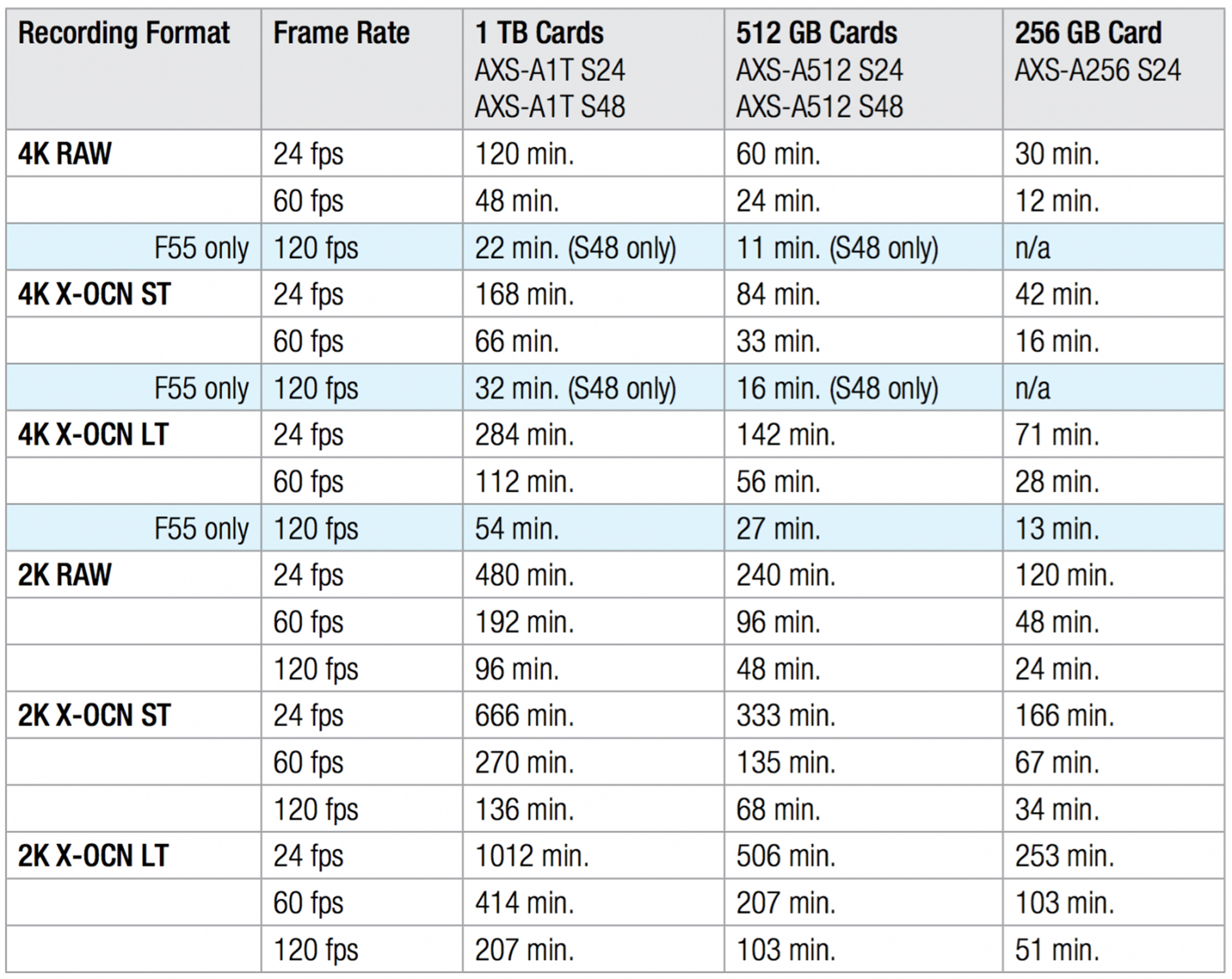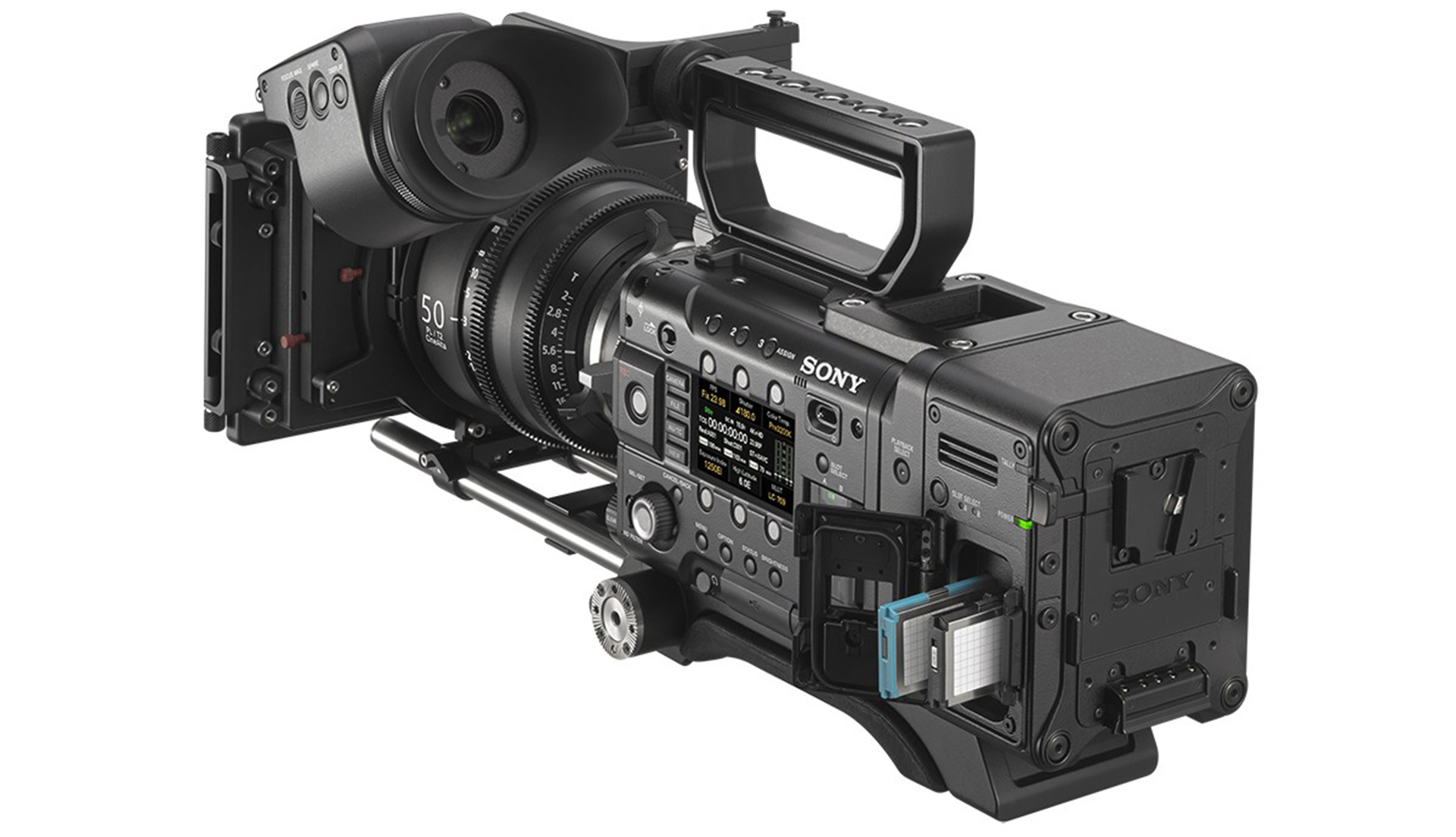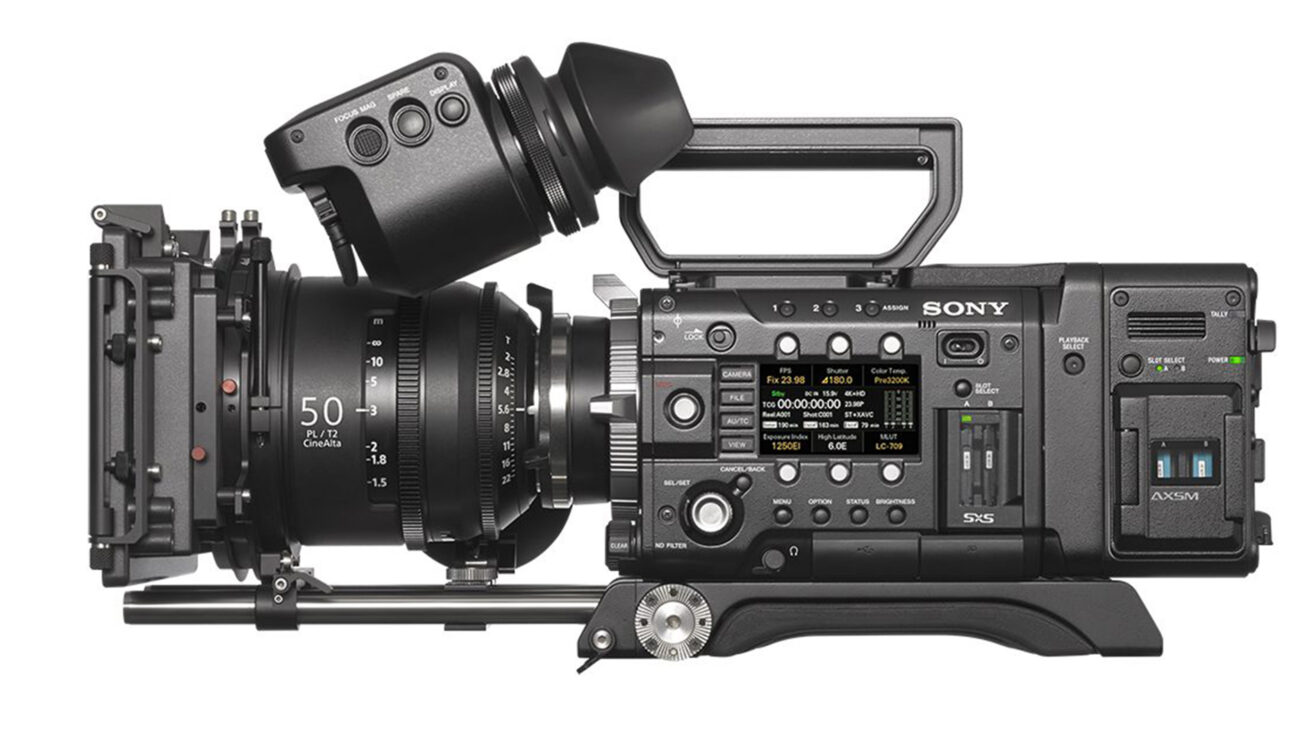
Sony has just announced another milestone in their lineup of external recording devices. This time, the buzz is about the successor to the AXS-R5 recorder, which is designed to be used with the Sony PMW-F5 or F55. The AXS-R7 recorder module has a unique new feature in addition to the pre-existing linear 16Bit RAW capabilities: it is able to record a new 16-bit X-OCN compressed RAW format.
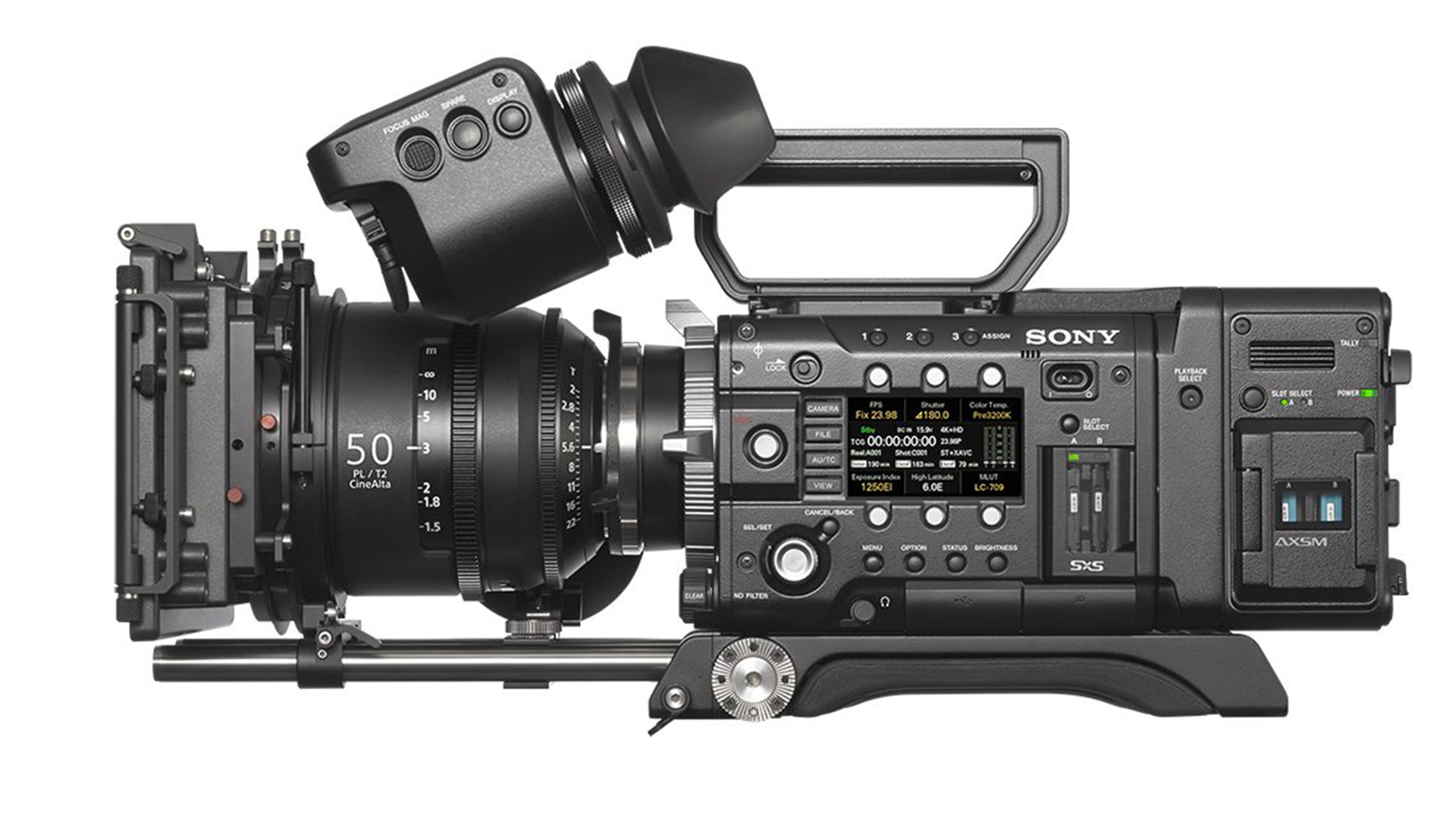 The Sony AXS-R7 and its Original Camera Negative Format
The Sony AXS-R7 and its Original Camera Negative Format
Evolution tends to produce strange effects, indeed. Not long ago, RAW was the buzzword when it came to high quality acquisition. Being able to record unaltered, well, “RAW” information straight from the sensor just seemed to be the holy grail in terms of image quality. The downsides? Well, the resulting massive file sizes significantly slow down the workflow in post. Shoot, edit, deliver? Better forget that unless you have access to some kind of supercomputer.
Sony’s new X-OCN is short for eXtended tonal range Original Camera Negative. Now, that is certainly a clunky term, but the underlying technology promises to produce a raw sensor-level quality just as you would expect from a RAW file, but packed into significantly smaller files (read: lower bitrate) and therefore, greater ease of use in your given post workflow. It’s actually pretty much the same as what RED is doing with its REDcode compressed RAW format.
It comes in two flavors: ST (standard) and LT (lite), and both of them only differ in the bitrates used while maintaining the full 16Bit latitude of the incoming sensor data stream. The ST flavour promises to be visually indistinguishable from the company’s RAW format. The LT version aims for fast-paced workflows while still maintaining the sensor’s full latitude.
State of Play
It all sounds pretty awesome, but there have to be some downsides, right? Well, of course! First of all, there’s the price tag, which hasn’t been published as of yet. Its predecessor, the AXS-R5 retails for $5,350, so don’t expect the AXS-R7 to be any cheaper than that. Plus, you’ll need AXS type storage media, which also comes at a price. A 512 GB AXS card will dig a $1,800 hole in your wallet. Please refer to the chart below to see which media is needed for different resolutions and frame rates:
The other major downside is that the new X-OCN format is only available in the PMW-F5 and F55 with the AXS-R7 recording module attached. It’s a highly integrated hardware upgrade and certainly not something you could pimp your existing Sony camera with.
Conclusion
The lesson is clear: Sony takes aim at the signature RED workflow with the introduction of the AXS-R7 recording module. It certainly comes at a price, but maybe we’ll see the fruits of this development in other cameras down the road. The concept of getting the most of the RAW sensor data while maintaining reasonable file sizes is certainly welcome! At least as long as these file sizes are requesting tremendous amounts of computing power.
The AXS-R7 is not here yet, but will be available in September at the latest. There will be an update for Sony’s RAW viewer software in order to support the new format, and I’m sure many of the major color grading software developers, such as DaVinci Resolve, will follow.
What do you think? Are you enjoying editing RAW files or do you prefer already processed data like ProRes? Could this new RED-like compressed RAW workflow be an alternative that works for you?
For more information, please refer to Sony’s official site.
